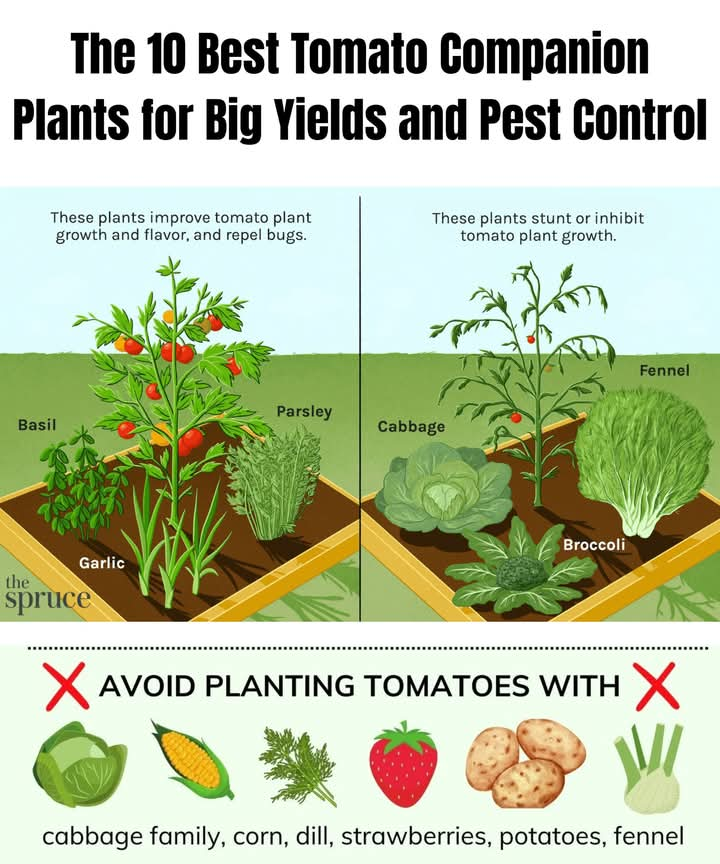CABBAGE FARMING: FERTILIZER APPLICATION & PEST CONTROL FOR QUALITY HEADS
CABBAGE FARMING: FERTILIZER APPLICATION & PEST CONTROL FOR QUALITY HEADS
Cabbage is one of the most profitable vegetables to grow, especially with proper planning and agronomic practices. However, to achieve compact, market-ready heads, you must master two vital techniques: correct fertilizer application and effective pest and disease control. These two practices directly determine your cabbage yield, quality, and income.
At Durable.org.ng, we’ve witnessed farmers double their profits by simply improving their nutrient application plans and adopting early pest detection techniques. Let’s break it down:
FERTILIZER APPLICATION IN CABBAGE FARMING
Cabbage is a heavy feeder, meaning it requires large amounts of nutrients throughout its growth cycle. A well-planned fertilizer regime ensures healthy leaves, uniform head development, and increased resistance to pests and diseases.
1. Before Planting – Soil Preparation
Conduct a soil test to identify nutrient deficiencies and pH levels.
Apply well-decomposed manure at 10–20 tons per acre and mix it thoroughly into the soil. Manure improves soil structure and water retention.
Apply a basal fertilizer such as DAP or NPK 17:17:17 at 100–150 kg per acre during transplanting. Place it in the planting hole and mix well with soil to avoid root burn.
2. After Transplanting – Top Dressing
2–3 weeks after transplanting, top dress with CAN (Calcium Ammonium Nitrate) at 50–100 kg/acre to support leafy growth.
At the head formation stage, apply UREA or NPK 26:0:0 to supply nitrogen and promote larger, denser heads.
Apply fertilizers in a ring around the plant and cover with soil. Always apply when the soil is moist and avoid direct contact with stems.
3. Use of Foliar Fertilizers
Foliar feeds such as EasyGro Vegetative, PlantTone, or Rapid Grow help boost nutrient uptake, especially during stress or poor soil fertility. Spray every 10–14 days for best results.
4. Organic Options
For organic farmers, consider vermicompost, compost tea, chicken manure, or seaweed extracts. These organic fertilizers improve soil health and support slow, consistent nutrient release.
—
CABBAGE PEST AND DISEASE CONTROL
Cabbages are prone to several destructive pests and diseases that can reduce yield by over 70% if not controlled. Prevention and early detection are critical.
COMMON PESTS IN CABBAGE FARMING
1. Diamondback Moth (Plutella xylostella)
Damage: Small caterpillars eat leaf tissues, leaving skeletonized leaves.
Control: Use insecticides like Bacillus thuringiensis (Bt), Tracer, or Match. Rotate products to avoid resistance. Spray in the evening when larvae are most active.
2. Aphids
Damage: Suck sap, causing curling and yellowing of leaves. Transmit viral diseases.
Control: Spray with Actara, Thunder, or Neem oil. Encourage natural predators like ladybugs.
3. Cabbage Looper and Webworms
Damage: Bore into the heads, making them unmarketable.
Control: Apply Belt, Coragen, or Lannate. Regular scouting is essential.
COMMON CABBAGE DISEASES
1. Black Rot
Cause: Bacterial infection, spreads fast through water splashes.
Signs: Yellowing of leaf margins, blackening veins, and rotting.
Control: Use certified disease-free seeds, avoid overhead irrigation, and apply copper-based fungicides.
2. Downy Mildew
Cause: Fungal spores in cool, moist conditions.
Signs: Yellow patches on leaves with fluffy white undersides.
Control: Spray with Ridomil Gold, Ortiva, or Milraz. Ensure good air circulation by proper spacing.
3. Clubroot
Cause: Soil-borne disease causing root swellings.
Signs: Wilting, stunted growth, and poor head formation.
Control: Maintain soil pH above 6.5 using lime, rotate with non-brassica crops, and avoid wet soils.
GENERAL FARMING TIPS FOR CABBAGE SUCCESS
Space your plants properly (30cm x 60cm) to reduce humidity and disease spread.
Practice crop rotation to minimize pest and disease buildup in the soil.
Avoid excessive nitrogen, which makes cabbages more attractive to pests.
Regularly remove damaged leaves and rogue infected plants.
Use drip irrigation to avoid wetting foliage and reduce fungal outbreaks.
Scout your crop twice weekly, especially in warm, humid weather.
Ready to master cabbage farming and boost your profits?
Our detailed Cabbage Farming eBook covers:
Seed selection
Nursery management
Field transplanting
Pest and disease control
Organic vs. chemical inputs
Marketing and harvesting strategies



